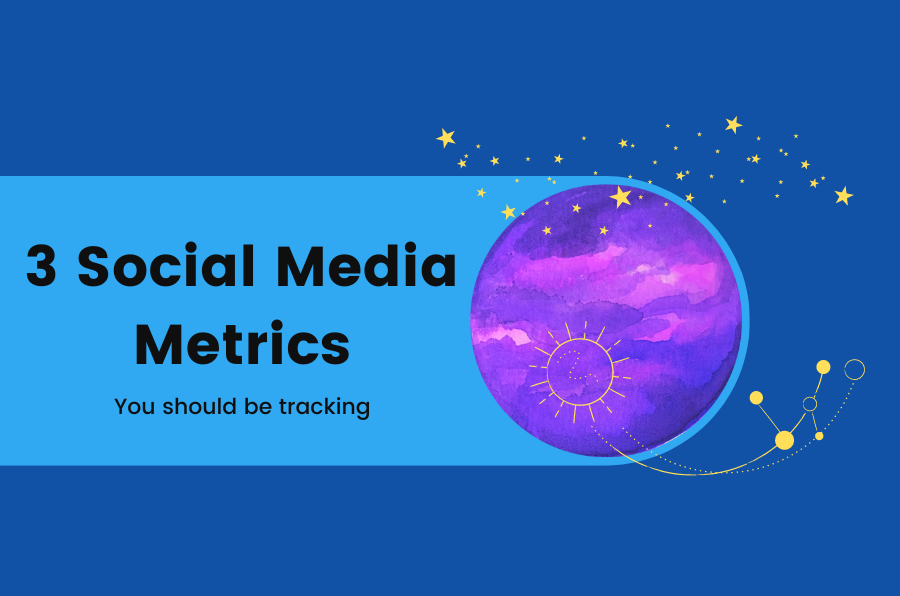Social media analytics can sometimes be a case of information overload!
There’s often so many social media metrics to think about and analyse and frankly, there isn’t enough time.
But here are three social media metrics to track that can help you to really understand your content and how it is performing.
1. Engagement Rate.
This is your number of likes, comments, shares, retweets, etc., divided by the number of impressions, page views or reach that that particular post has.
While Total Impressions is a good metric, it’s good to see the percentage of those people who have read your content and been moved to take action.
In addition, this also helps you benchmark against all of your posts.
It doesn’t matter whether you’ve put money behind it or one’s got massive amounts of reach compared to the others because a percentage gives you a nice level playing field that you can benchmark against.
2. The actual reach or impressions your post is getting.
Impressions help you to understand whether your hashtags or keywords are having the right effect. Or perhaps you need to change your hashtags because the context isn’t right. It might also help you to see if you have been shadowbanned or if there’s been a change in the algorithm that is limiting the reach of that type of post.
It’s also really good to see if influencers with a huge amount of reach have shared your posts to their audiences or have called you out in some way that might inflate some of those posts. Then what you can do is you can analyze the ones that are performing really well versus the ones that aren’t performing so great, and you can kind of start to work out what’s working and what’s not.
3. Web Traffic
Web Traffic is critical because although you’re building a community on social media, it is not a platform you own. You don’t want to be building a house on rented ground.
You want to push people off your social media channels and onto a website or an email list that you have full control over.
Let’s say that Facebook does one day decide to shut your page down or TikTok decides to cap your reach completely. Then at least, you’ve got somewhere where people can Google your name and find you elsewhere.

So why aren’t followers a good social media metric?
Follower numbers are pretty much a vanity metric.
Now we’ve all known for a while that most social media platforms don’t show your posts to all of your followers all at once, and most of the time, your post is shown to people that have never even seen your content before.
Also, most social media platforms have a bot problem. They follow but don’t engage and, most importantly, don’t buy.
All of this means that followers have become a bit of a vanity metric, meaning it’s something that makes you look good but doesn’t have any real-world use. It’s nice to have 300 followers following your page, or a million followers or 100 million followers if only five people are liking your post and actually commenting and are only clicking through to your website. That’s kind of pointless, isn’t it? So you can keep track of followers, but it’s not really a true gauge of success anymore.
How To Keep Track Of Social Media Metrics
The way I keep track of social media metrics is to use a spreadsheet. I usually keep track of my weekly impressions and reach. If I’m looking to put a focus on growing a particular channel, I will create a spreadsheet of all the posts up to that point, with a column for
- Publish Date
- Publish Time
- Post,
- Theme (a word or phrase aboutwhat the post was about),
- Focus hashtag/keyword
- Impressions
- Reach
- Likes
- Comments
- Shares
- Overall Engagement Rate
I then use bar charts, line graphs and pivot tables to play around with the data to find trends, such as if there are themes that get a lot of reach, themes that get a lot of engagement. I might also look at stand out posts to see if there are any learning.
There are lots of software packages that can analyse your metrics too. If you need help with your Metrics, feel free to get in touch with me on Linkedin or TikTok and I will help.


